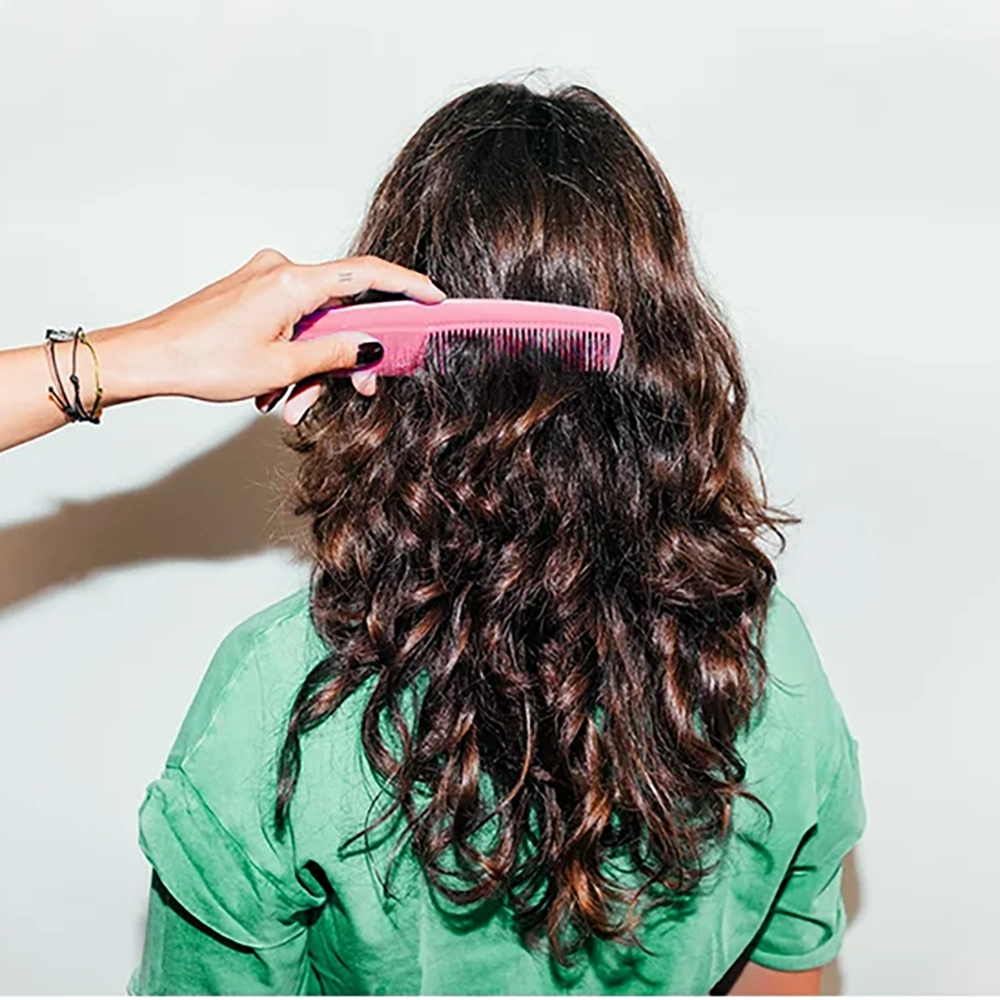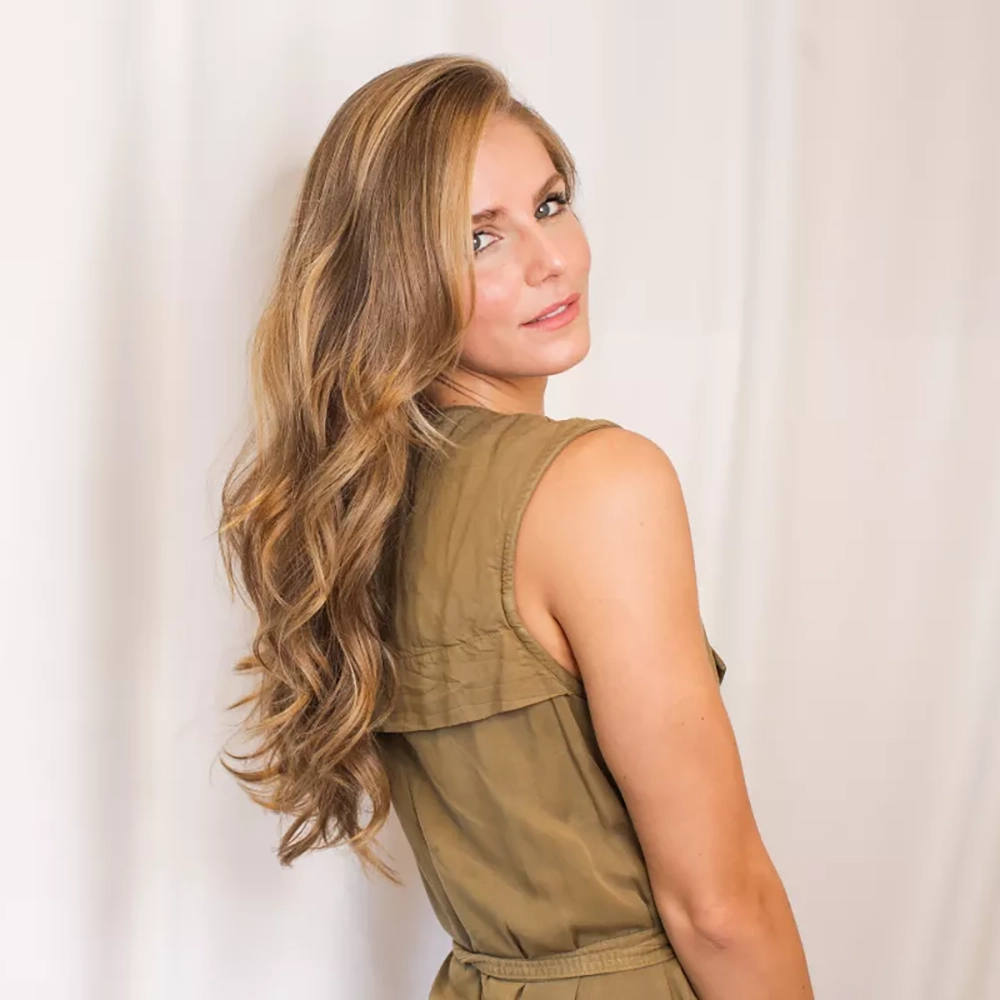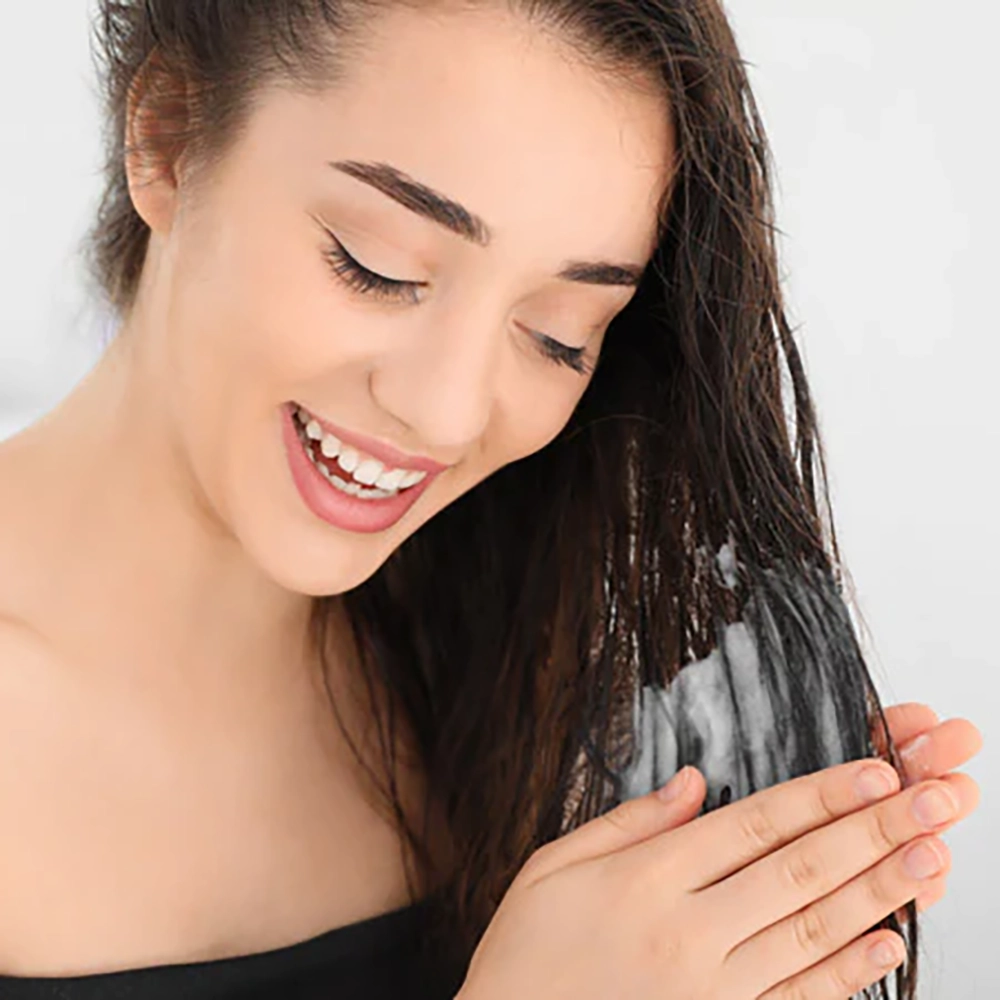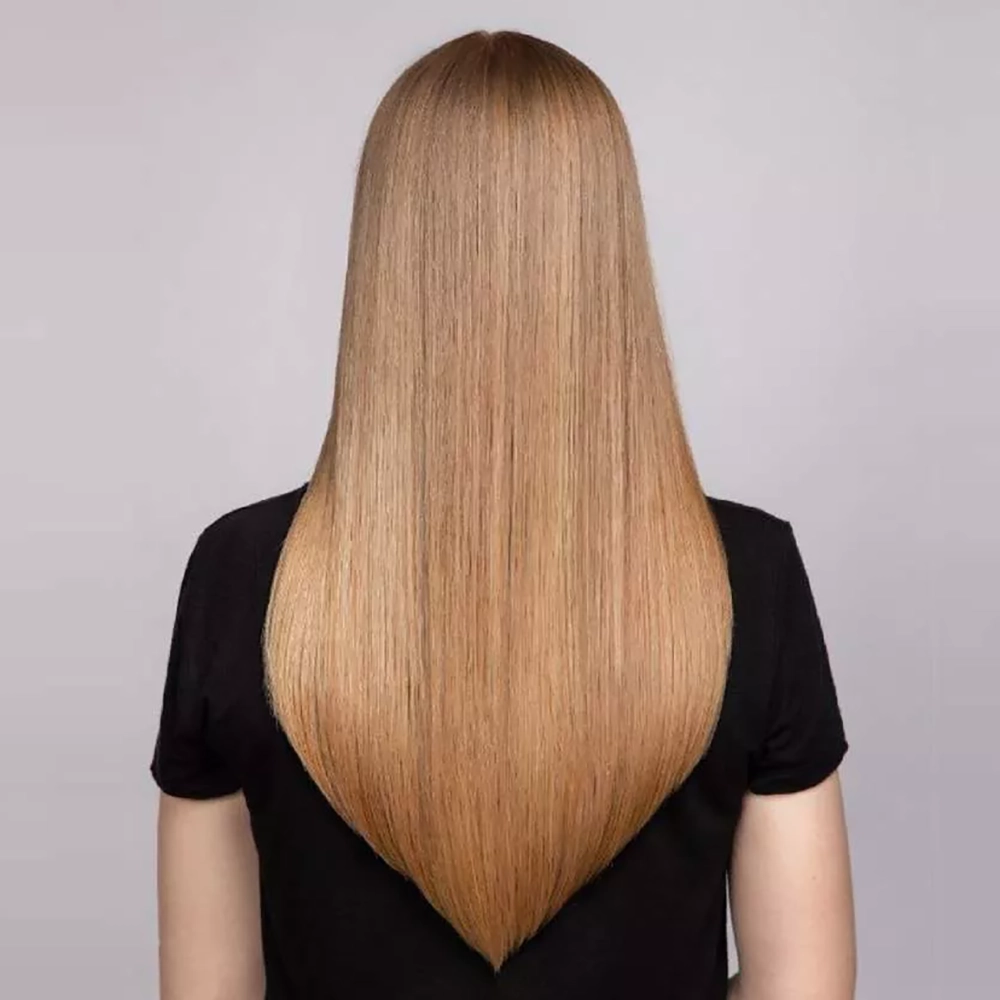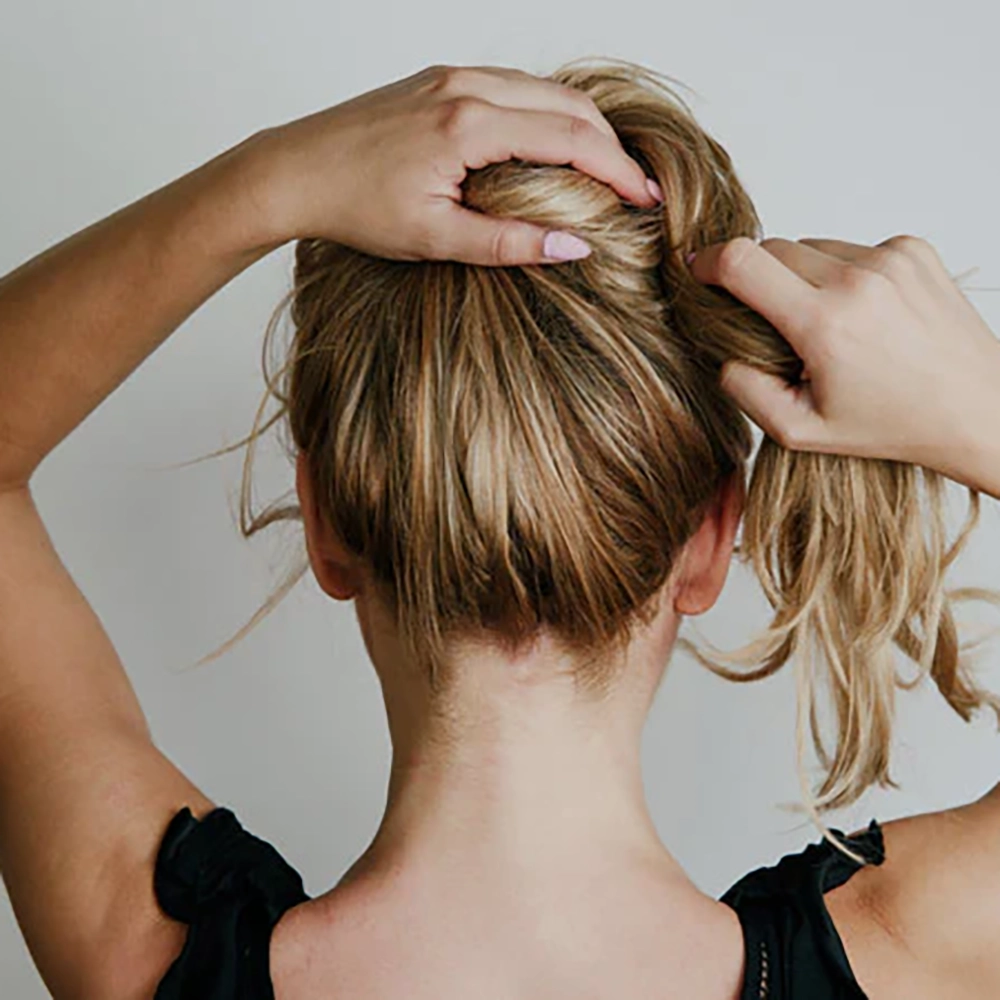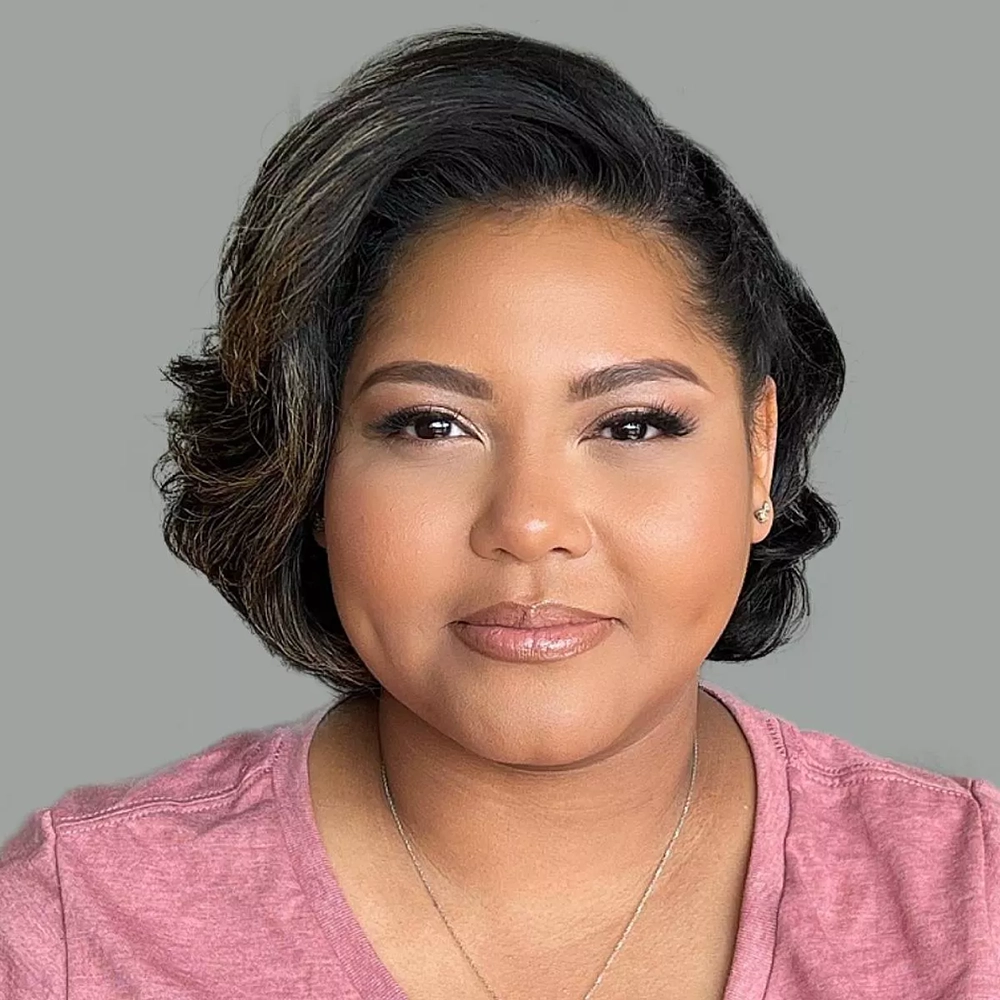Understanding the shedding process of long hair
Long hair is often seen as a symbol of beauty and femininity. However, one of the downsides of having long locks is the issue of shedding. Shedding is a natural process in which old and damaged hair falls out to make way for new hair growth. While it is a normal occurrence, excessive shedding can be concerning for individuals with long hair. In this blog post, we will dive deeper into the shedding process of long hair and explore some factors that can contribute to it.
Firstly, it’s important to understand that shedding is a part of the hair growth cycle. Hair goes through three phases: anagen (growth phase), catagen (transitional phase), and telogen (resting phase). During the anagen phase, the hair follicles actively produce new hair cells, while in the telogen phase, the hair rests and eventually sheds. Each hair strand goes through this cycle independently, meaning that while some hairs are growing, others are resting and preparing to shed.
Several factors can contribute to the shedding process of long hair. Hormonal changes, such as those experienced during pregnancy or menopause, can affect the hair growth cycle and lead to increased shedding. Additionally, certain health conditions, such as thyroid disorders or nutritional deficiencies, can impact hair health and result in excessive shedding. Furthermore, external factors like stress, harsh hair treatments, and excessive heat styling can weaken the hair shaft and contribute to breakage and shedding.
To minimize shedding in long hair, proper hair care is crucial. Using a wide-toothed comb or a brush with soft bristles can help to prevent breakage and reduce the amount of hair that falls out. It’s also important to avoid excessive heat styling, as high temperatures can weaken the hair shaft and make it prone to shedding. Maintaining a balanced and nutritious diet, rich in vitamins and minerals, can promote healthy hair growth and minimize shedding.
There are also effective products and treatments available for reducing shedding in long hair. Hair masks and deep conditioning treatments can help to strengthen the hair strands and minimize breakage. Additionally, using shampoos and conditioners specifically formulated to address shedding can also be beneficial. These products often contain ingredients such as biotin, keratin, and vitamins that nourish the hair follicles and promote healthy hair growth.
In conclusion, shedding is a natural process that occurs in long hair as a part of the hair growth cycle. Understanding the factors that contribute to shedding and adopting proper hair care practices can help to minimize excessive shedding and promote healthy hair growth. Remember, taking care of your hair is essential to maintaining its strength and beauty.
Factors that contribute to hair shedding
When it comes to understanding the factors that contribute to hair shedding, it is important to recognize that hair shedding is a natural and normal process for both men and women. There are several factors that can contribute to hair shedding, including genetics, hormonal changes, nutritional deficiencies, stress, and certain medical conditions.
Genetics play a significant role in determining the thickness and density of our hair, as well as the rate at which it sheds. If you have a family history of hair loss or thinning, you may be more prone to experiencing increased hair shedding. Hormonal changes, particularly during periods such as pregnancy and menopause, can also lead to temporary hair shedding.
Nutritional deficiencies, especially those involving iron, zinc, and vitamin D, can impact the health and strength of our hair. A diet lacking in these essential nutrients can contribute to excessive hair shedding. Additionally, excessive physical or emotional stress can disrupt the hair growth cycle and accelerate hair shedding.
Several medical conditions can also play a role in hair shedding. Conditions such as thyroid disorders, autoimmune diseases, and scalp infections can cause hair to shed more than usual. It is important to consult with a healthcare professional if you are experiencing excessive hair shedding to rule out any underlying medical conditions.
In order to minimize hair shedding, it is important to take good care of your hair and scalp. Using gentle hair care products and avoiding excessive heat styling can help to reduce hair breakage and minimize shedding. Additionally, eating a balanced diet rich in vitamins and minerals can promote healthy hair growth and reduce the risk of shedding.
| Factors contributing to hair shedding: | ||
|---|---|---|
| Genetics | Hormonal changes | Nutritional deficiencies |
| Stress | Medical conditions |
In summary, hair shedding is a complex process influenced by a combination of factors. Understanding these factors, such as genetics, hormonal changes, nutritional deficiencies, stress, and medical conditions, can help in managing and reducing excessive hair shedding. By taking care of your hair, maintaining a healthy lifestyle, and seeking appropriate medical advice when necessary, you can promote stronger and healthier hair.
Does long hair shed more than short hair?
Long hair can be a beautiful statement, but it also comes with its fair share of challenges. One common concern among those with long hair is whether it sheds more than short hair. Shedding is a natural process that occurs as part of the hair growth cycle. During this cycle, individual hairs go through phases of growth, rest, and shedding. Understanding the shedding process of long hair can help us debunk common myths and take better care of our tresses.
The shedding process of long hair is influenced by various factors, such as genetics, hormones, and overall hair health. Genetics play a significant role in determining the thickness and density of our hair. Some individuals are genetically predisposed to have thicker hair strands, which can result in heavier shedding. Hormones also play a crucial role in hair growth and shedding. For example, during pregnancy, hormonal changes can cause hair to enter a prolonged resting phase, resulting in increased shedding after childbirth.
Contrary to popular belief, the length of our hair does not necessarily determine the amount of shedding. While it may appear that long hair sheds more due to its visibility, the actual shedding process is not influenced by hair length. Each hair strand has its own growth cycle, regardless of its length. Therefore, both long and short hair can shed equally. It is the natural process of hair growth and renewal.
- Regular hair care: Maintaining a regular hair care routine can help decrease shedding. It is essential to keep your hair and scalp clean and properly moisturized. Use a gentle shampoo and conditioner suitable for your hair type, and avoid excessive heat styling or harsh chemical treatments that can damage the hair strands.
- Avoiding tight hairstyles: Pulling your hair tightly into styles such as ponytails, braids, or buns can lead to excessive tension on the hair follicles, resulting in breakage and increased shedding. Opt for looser hairstyles that do not put too much strain on your hair.
- Using effective hair products: Look for hair products specially formulated to reduce shedding. These products often contain ingredients such as biotin, keratin, or essential oils that help strengthen the hair strands and promote healthier hair growth.
| Myth | Reality |
|---|---|
| Long hair inherently sheds more. | Both long and short hair shed equally as part of the natural hair growth cycle. |
| Excessive brushing reduces shedding. | While brushing can help remove loose hairs, excessive or aggressive brushing can actually cause hair breakage and increase shedding. |
| Cutting your hair reduces shedding. | Trimming the ends of your hair can help prevent split ends and breakage, but it will not affect the shedding process itself. |
By understanding the shedding process of long hair and debunking common myths, we can take the necessary steps to minimize shedding and maintain healthier hair. Remember, hair shedding is a natural process, and some level of shedding is entirely normal. However, if you notice excessive or sudden hair loss, it is advisable to consult a healthcare professional or dermatologist to rule out any underlying conditions.
The role of hair care in managing shedding
When it comes to managing hair shedding, proper hair care plays a crucial role. A well-maintained hair care routine not only helps to minimize the amount of hair that sheds but also promotes overall hair health. It is essential to understand that hair shedding is a normal and natural process that occurs as part of the hair growth cycle. However, certain factors like excessive shedding can indicate underlying issues that may require attention.
One of the key factors in managing shedding is to ensure that the hair and scalp are kept clean and nourished. Regular washing with a suitable shampoo helps to remove dirt, oil, and product buildup from the scalp, which can potentially clog hair follicles and lead to increased shedding. It is important to choose a shampoo that is gentle and suitable for your hair type.
Additionally, using a conditioner after shampooing helps to keep the hair moisturized and prevents it from becoming dry and brittle. Dry hair is more prone to breakage and shedding, so it is important to provide it with the necessary hydration and nourishment. Applying a leave-in conditioner or hair mask once or twice a week can provide extra moisture and help to reduce shedding.
- Regularly trimming the hair is another important aspect of managing shedding. Split ends and damaged hair are more likely to break and shed, so getting rid of them can help to prevent further shedding. Trimming the hair every 6-8 weeks can keep it healthy and reduce the occurrence of split ends.
- Avoiding excessive heat and styling damage is also crucial in minimizing shedding. Overuse of heat styling tools, such as flat irons and curling irons, can weaken the hair and cause it to break and shed. It is important to use heat protectant products before styling and limit the use of heat on the hair.
- Lastly, maintaining a healthy diet and lifestyle can contribute to managing shedding. A balanced diet rich in vitamins and minerals, particularly those essential for hair health, can promote stronger and healthier hair. Drinking plenty of water and reducing stress levels can also have a positive impact on hair shedding.
In conclusion, proper hair care plays a significant role in managing hair shedding. By following a suitable hair care routine, which includes regular washing, conditioning, trimming, and avoiding excessive heat and damage, it is possible to minimize shedding. Additionally, maintaining a healthy lifestyle and diet can contribute to overall hair health. Remember, shedding is a normal process, but if excessive shedding persists, it is always recommended to consult a dermatologist or trichologist to rule out any underlying issues.
How to minimize shedding in long hair
Long hair can be a beautiful and versatile asset, but it also comes with its fair share of challenges. One of the most frustrating issues many long-haired individuals face is excessive shedding. It can be disheartening to see clumps of hair on your brush or clogging the shower drain. However, there are several steps you can take to minimize shedding and keep your long locks looking healthy and full.
First and foremost, it’s essential to understand the factors that contribute to hair shedding. Hair goes through a natural growth cycle, which consists of the anagen (growth), catagen (transition), and telogen (resting) phases. Shedding occurs during the telogen phase when old hairs fall out to make room for new ones. While it is normal to lose around 50-100 strands of hair per day, certain factors can increase shedding.
One significant factor that contributes to excessive shedding is improper hair care. Using harsh chemicals, heat styling tools, and tight hairstyles can weaken the hair shafts, leading to breakage and shedding. To minimize shedding, it is crucial to adopt a gentle hair care routine. This includes using a sulfate-free shampoo and conditioner, avoiding excessive heat styling, and opting for loose hairstyles that do not put too much tension on the hair.
- Avoiding excessive heat styling: Heat styling tools such as straighteners and curling irons can cause damage to the hair shaft, leading to breakage and shedding. Minimize heat styling as much as possible and use heat protectant products when you do style your hair.
- Opting for loose hairstyles: Tight hairstyles like ponytails, buns, and braids tug on the hair, causing tension and breakage. Choose looser styles that don’t put too much strain on the hair follicles.
- Using gentle hair care products: Harsh sulfates and chemicals in shampoos and conditioners can strip the hair of its natural oils and make it more prone to breakage. Switch to sulfate-free and gentle hair care products to keep your hair healthy and minimize shedding.
In addition to these tips, incorporating effective products and treatments into your hair care routine can also help to minimize shedding. Look for products that specifically target hair strengthening and thickening. These may include serums, masks, and leave-in treatments that nourish the hair follicles and promote healthy hair growth.
| Product | Description |
|---|---|
| Hair Growth Serum | A serum enriched with vitamins and minerals that stimulates hair growth and reduces shedding. |
| Deep Conditioning Mask | A nourishing mask that provides intense hydration to the hair, enhancing its strength and reducing breakage. |
| Leave-in Treatment | A lightweight leave-in conditioner that provides ongoing nourishment and protection to the hair throughout the day. |
Lastly, it is essential to separate fact from fiction when it comes to long hair shedding. There are many common myths surrounding this issue, such as trimming your hair more frequently will reduce shedding or brushing your hair 100 strokes a day will make it healthier. In reality, trimming your hair regularly promotes overall hair health but does not directly affect shedding. Similarly, excessive brushing can actually cause breakage and should be minimized.
In conclusion, minimizing shedding in long hair requires adopting a gentle hair care routine, using effective products and treatments, and debunking common myths. By following these tips, you can maintain healthy and beautiful long hair with minimal shedding. Remember, patience and consistency are key when it comes to managing shedding, so don’t get discouraged if you don’t see immediate results. Take care of your hair, and it will reward you with the luscious locks you desire.
Effective products and treatments for reducing shedding
When it comes to reducing shedding, there are several effective products and treatments that can help. Whether you have long hair or short hair, these options can be beneficial in minimizing hair loss and promoting healthier hair growth. Here, we will explore some of the top products and treatments that have been proven to be effective in reducing shedding.
1. Hair Growth Supplements: One of the most popular products for reducing shedding is hair growth supplements. These supplements are specially formulated with vitamins, minerals, and other nutrients that promote hair health and growth. Ingredients like biotin, vitamin E, and zinc are known to strengthen the hair follicles and reduce hair loss. Taking hair growth supplements daily can help combat shedding and improve the overall health of your hair.
2. Scalp Treatments: Another effective way to reduce shedding is by treating your scalp. A healthy scalp is essential for healthy hair growth. There are various scalp treatments available in the market, such as scalp masks, exfoliating scrubs, and serums. These treatments work by clearing any build-up on the scalp, promoting circulation, and nourishing the hair follicles. Regular use of scalp treatments can significantly reduce shedding and help maintain a healthy scalp environment.
3. Haircare Products: Using the right haircare products can also play a crucial role in reducing shedding. Look for shampoos and conditioners that are specifically formulated for strengthening and nourishing the hair. Products enriched with keratin, collagen, and essential oils can help fortify the hair strands, reducing breakage and shedding. Additionally, using a wide-toothed comb or a detangling brush can prevent hair damage and minimize the amount of hair that is lost during styling.
By incorporating these effective products and treatments into your haircare routine, you can significantly reduce shedding and promote healthier hair growth. Remember to be consistent with your usage and be patient, as results may take some time to become noticeable. Always consult with a haircare professional or dermatologist before trying any new products or treatments, especially if you have existing hair or scalp conditions. With the right approach and products, you can achieve the luscious and vibrant hair you’ve always desired.
Debunking common myths about long hair shedding
Long hair shedding is a common concern for those who have grown their locks to impressive lengths. Along with the natural shedding process, numerous myths and misconceptions surround this issue. In this blog post, we will debunk some of the most common myths about long hair shedding and provide you with the truth behind them.
Myth #1: Cutting your hair frequently reduces shedding.
Contrary to popular belief, cutting your hair does not directly affect shedding. Hair shedding is a natural process that occurs at the root, and trimming the ends of your hair has no impact on the shedding cycle. Regular haircuts, however, can improve the overall health and appearance of your hair, making it less prone to breakage and damage.
Myth #2: Washing your hair frequently increases shedding.
There is no direct correlation between washing your hair and increased shedding. In fact, regular shampooing and conditioning can help maintain a healthy scalp, which in turn contributes to less hair loss. It is important to use gentle products suitable for your hair type and avoid excessive heat styling or harsh treatments that can weaken the hair shaft.
Myth #3: Brushing your hair more often prevents shedding.
While brushing your hair is essential for detangling and distributing natural oils, excessive brushing can actually lead to more shedding. Over-brushing can cause mechanical damage to the hair shaft and scalp, resulting in breakage. Opt for a wide-tooth comb or a brush with soft bristles and be gentle when styling your long hair to minimize unnecessary shedding.
| Common Myths | Truth |
|---|---|
| Myth #1: Cutting your hair frequently reduces shedding. | The length of your hair does not affect shedding. Trimming the ends only helps with overall hair health. |
| Myth #2: Washing your hair frequently increases shedding. | Regular hair washing does not lead to more shedding. It is important to use gentle products suitable for your hair type. |
| Myth #3: Brushing your hair more often prevents shedding. | Excessive brushing can actually cause more shedding. Opt for gentle techniques and suitable styling tools. |
It’s essential to separate fact from fiction when it comes to long hair shedding. By understanding the truth behind these myths, you can better care for your hair and minimize unnecessary worry. Remember, embracing the natural shedding process is normal, and with proper hair care, you can maintain healthy and beautiful long locks.


